Release Notes – FlexGuide4 – Release 2.2 – EN
Release Highlights
FlexGuide4 simplifies traffic control with area-based traffic management, reducing configuration effort. Routes can now be defined and managed directly in the layout editor. The extended “Drive with List” dialog enables combined and flexible transport orders. The new SAP MM integration generates transport orders automatically from stock movements. In addition, scheduled activation and manual prioritization give dispatchers full control and responsiveness.ienz.
New
Area Traffic Management
In intralogistics environments with various vehicle types (e.g. forklifts, tugger trains, AGVs), managing routing dependencies manually is time-consuming and error-prone. FlexGuide4 now supports area-based traffic management instead of defining rules for individual routes or nodes — eliminating the need for manual dependency maintenance and allowing for more robust and maintainable traffic control.
Benefits:
- No manual configuration of traffic dependencies
- Reduced setup and maintenance effort
- Scalable for expanding layouts and operations
- Dispatcher workload is reduced through automated traffic handling
Route Planning in the Layout Editor
Tugger trains often follow fixed, recurring paths between sources and sinks — and changes to these routes need to be implemented quickly. FlexGuide4 now allows route management directly within the layout editor, enabling key users to react to changes flexibly without involving IT or configuration specialists.
Advantages:
- Easy route management directly in the layout editor
- Key users can make changes without technical support
- Faster response to layout or process adjustments
- Clear visual route definition for improved transparency
Dialog Enhancements: Drive with List
Vehicles often carry multiple transport orders at once, but multi-order handling was previously limited. The improved “Drive with List” dialog now allows drivers to duplicate orders (e.g. for recurring empty goods runs), park orders temporarily (if the sink is full), and add new orders as needed — all in a single interface.
What’s improved:
- Efficient multi-order handling in one trip
- Flexible addition, duplication, or parking of transport orders
- Better handling of blocked destinations
- Streamlined driver workflow with clear guidance
SAP MM Interface
Customers using SAP MM for warehouse processes lacked a direct interface to FlexGuide4. The new integration enables automatic generation of transport orders based on SAP MM stock movements, allowing seamless integration with existing ERP workflows.
Key benefits:
- Direct connection to SAP MM without custom interfaces
- Automatic transport order creation from stock movements
- Smooth integration into existing SAP-driven processes
- Fewer manual steps and reduced error risk
Improvemend
Scheduled Transport Order Activation
Planned transport orders often need to be prepared in advance and activated at a specific time — until now, this was only possible manually. FlexGuide4 now allows scheduling activation times for transport orders, enabling shift-based or time-critical execution without manual effort.
Operational advantages:
- Pre-planning of transports is now supported
- Automatic activation at defined times
- Ideal for shift changes or scheduled replenishment
- Less manual interaction required from operators
Manual Prioritization of Transport Order
In urgent or exceptional situations, automated prioritization alone may not be sufficient. Dispatchers can now manually adjust the priority of transport orders, ensuring that critical transports are handled immediately — even when the system suggests otherwise
More control when needed:
- Manual overrides allow targeted prioritization
- Critical orders can be executed ahead of others
- Faster reaction to bottlenecks or disruptions
- Enhanced control and flexibility for dispatchers

